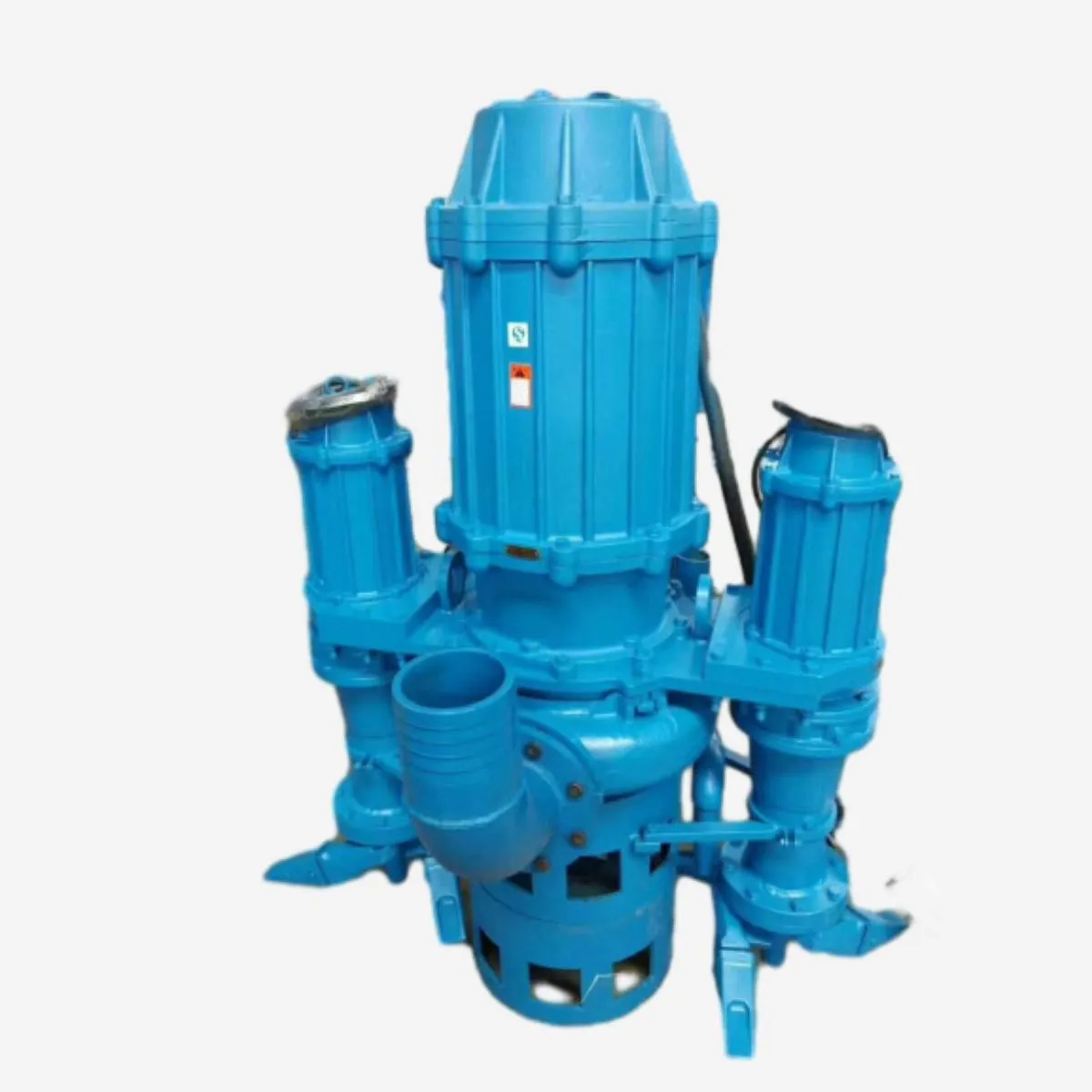Turkmen
- Afrikaans
- Albanian
- Amharic
- Arabic
- Armenian
- Azerbaijani
- Basque
- Belarusian
- Bengali
- Bosnian
- Bulgarian
- Catalan
- Cebuano
- Corsican
- Croatian
- Czech
- Danish
- Dutch
- English
- Esperanto
- Estonian
- Finnish
- French
- Frisian
- Galician
- Georgian
- German
- Greek
- Gujarati
- Haitian Creole
- hausa
- hawaiian
- Hebrew
- Hindi
- Miao
- Hungarian
- Icelandic
- igbo
- Indonesian
- irish
- Italian
- Japanese
- Javanese
- Kannada
- kazakh
- Khmer
- Rwandese
- Korean
- Kurdish
- Kyrgyz
- Lao
- Latin
- Latvian
- Lithuanian
- Luxembourgish
- Macedonian
- Malgashi
- Malay
- Malayalam
- Maltese
- Maori
- Marathi
- Mongolian
- Myanmar
- Nepali
- Norwegian
- Norwegian
- Occitan
- Pashto
- Persian
- Polish
- Portuguese
- Punjabi
- Romanian
- Russian
- Samoan
- Scottish Gaelic
- Serbian
- Sesotho
- Shona
- Sindhi
- Sinhala
- Slovak
- Slovenian
- Somali
- Spanish
- Sundanese
- Swahili
- Swedish
- Tagalog
- Tajik
- Tamil
- Tatar
- Telugu
- Thai
- Turkish
- Turkmen
- Ukrainian
- Urdu
- Uighur
- Uzbek
- Vietnamese
- Welsh
- Bantu
- Yiddish
- Yoruba
- Zulu
Telephone: +86 13120555503
Email: frank@cypump.com
Sep . 21, 2024 17:21 Back to list
mixed flow centrifugal pump
Understanding Mixed Flow Centrifugal Pumps
Mixed flow centrifugal pumps are a vital component in various industrial applications, where the efficient movement of fluids is essential. These pumps blend the characteristics of both axial and radial flow pumps, making them highly versatile in transporting liquids, particularly when dealing with medium to high flow rates, while maintaining control over head pressure.
Design Principles
The construction of a mixed flow centrifugal pump typically includes a rotating impeller and a stationary casing. As the impeller spins, it imparts kinetic energy to the fluid, causing it to move through the pump. The mixture of axial and radial flow within the impeller allows these pumps to handle a wide range of fluid types, including those with low viscosity and some that are slightly viscous.
The design also features a specific orientation of the impeller blades, which tilt at an angle. This unique configuration enables the pump to generate significant lift while maintaining a high flow rate, thus combining the benefits of both axial flow (where fluid moves parallel to the shaft) and centrifugal flow (where fluid is thrown outward by centrifugal force).
Applications
Due to their efficiency and versatility, mixed flow centrifugal pumps are widely used across various sectors. In municipal water supplies, they are crucial for water treatment and distribution. In industrial settings, these pumps find applications in processes such as cooling water circulation, chemical processing, and slurry handling. Additionally, they are commonly utilized in irrigation systems, flood control, and even in some HVAC applications where efficient fluid transport is required.
mixed flow centrifugal pump

Advantages
Mixed flow centrifugal pumps offer several advantages, including a compact design that saves space without sacrificing performance. They are generally easier to maintain compared to other pumping systems, benefiting from fewer moving parts that reduce wear and tear over time. Moreover, their ability to operate efficiently across a wide range of flow conditions makes them an ideal choice for applications that require variable flow rates.
Challenges
However, like any technology, mixed flow centrifugal pumps come with challenges. They are sensitive to changes in fluid characteristics, such as viscosity and temperature, which can affect their performance. Additionally, proper sizing and selection are critical; incorrect specifications can lead to issues such as cavitation, reduced efficiency, and, ultimately, pump failure.
Conclusion
In conclusion, mixed flow centrifugal pumps are an essential tool in fluid management systems, combining the strengths of axial and centrifugal designs. Their flexibility and efficiency make them suitable for a wide variety of applications, but careful consideration must be given to their operational parameters to maximize performance and longevity. As industries continue to evolve, the role of these pumps will remain pivotal in meeting the demands of modern fluid transport systems.
-
ISG Series Vertical Pipeline Pump - Chi Yuan Pumps Co., LTD.|Advanced Hydraulic Design&Energy-Efficient Solutions
NewsJul.30,2025
-
ISG Series Vertical Pipeline Pump - Chi Yuan Pumps Co., LTD.
NewsJul.30,2025
-
ISG Series Vertical Pipeline Pump - Chi Yuan Pumps Co., LTD.|energy-efficient fluid handling&industrial durability
NewsJul.30,2025
-
ISG Series Vertical Pipeline Pump - Chi Yuan Pumps | Advanced Engineering&Industrial Efficiency
NewsJul.30,2025
-
ISG Series Pipeline Pump - Chi Yuan Pumps | High Efficiency, Energy Saving
NewsJul.30,2025
-
ISG Series Vertical Pipeline Pump-Chi Yuan Pumps|High Efficiency&Reliable Performance
NewsJul.29,2025










